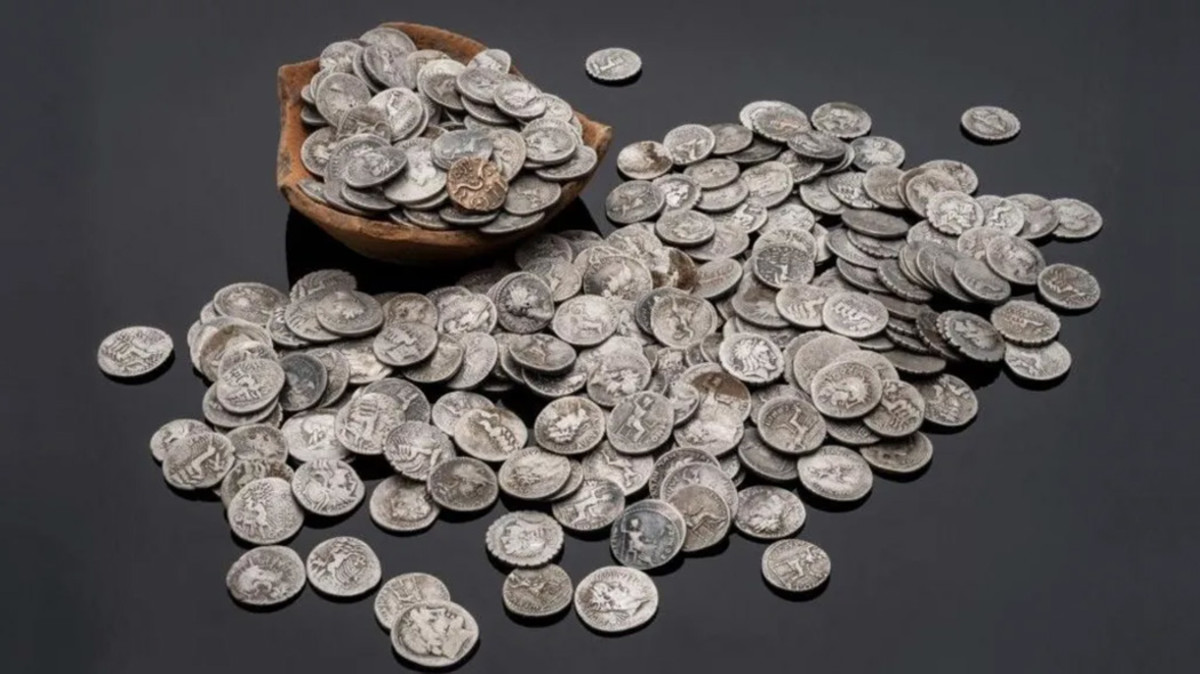In late 2023, a construction project in Worcestershire, England, led to the discovery of 1,368 Roman and Iron Age coins, dating from 157 BC to AD 55. This significant find is one of the most important archaeological discoveries in the region in the last century.
The Composition and Significance
The hoard primarily consists of silver denarii, the standard Roman currency, along with a rare gold stater minted by the local Dobunni tribe. The presence of the gold coin suggests the hoard may have belonged to a wealthy individual, likely involved in trade or military supply during the early Roman occupation of Britain.

Historical Context
Buried during a period of regional unrest, possibly following the Roman invasion, the hoard provides crucial insight into the early days of Roman Britain. It highlights the political and social turmoil that characterized the time.

Preservation and Public Display
Efforts are underway to secure funding for the preservation and display of the hoard, with plans to keep it in Worcestershire and share it with the public. This discovery offers a fascinating glimpse into the region’s Roman past and its complex interactions with local tribes.
This remarkable hoard not only enriches our understanding of the Roman conquest but also sheds light on Worcestershire’s rich archaeological heritage.

